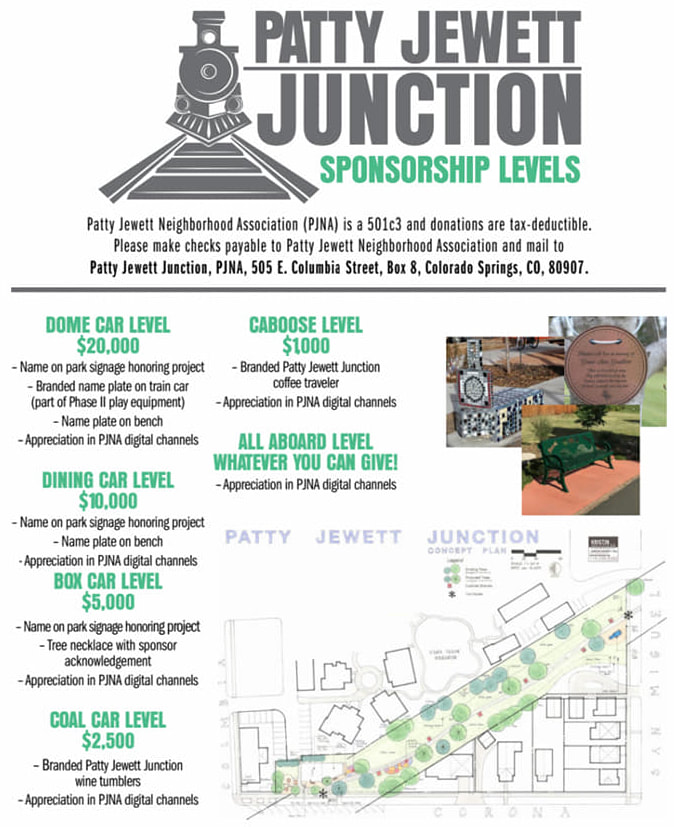The ordinance went into effect Jan. 1, 2020. Colorado Springs Utility customers can choose which days they want to water each week. Customers can not water their lawns between 10 a.m. and 6 p.m.
The actual enforcement and fines for not following the new rules won't start until 2021.
There will be exceptions for recently planted vegetation and turf grass on sports fields.
Colorado Springs Utilities will be working on educating the public about the new ordinance through 2020.
The Integrated Water Resource Plan, approved by the Utilities Board in 2017, includes water efficiency as a source of future supply and the proposed ordinance changes are expected to meet 10 percent of the efficiency goal.
The proposed changes align us with other Front Range cities and are considered foundational water practices in Colorado. (re-printed from KKTV article, link below)
https://www.kktv.com/content/news/New-water-restrictions-in-Colorado-Springs-in-2020-566663221.html



 RSS Feed
RSS Feed